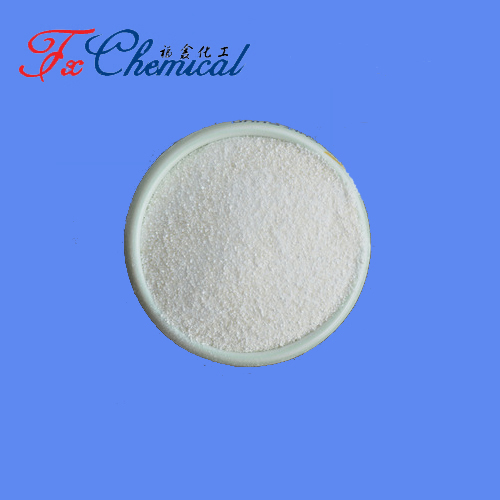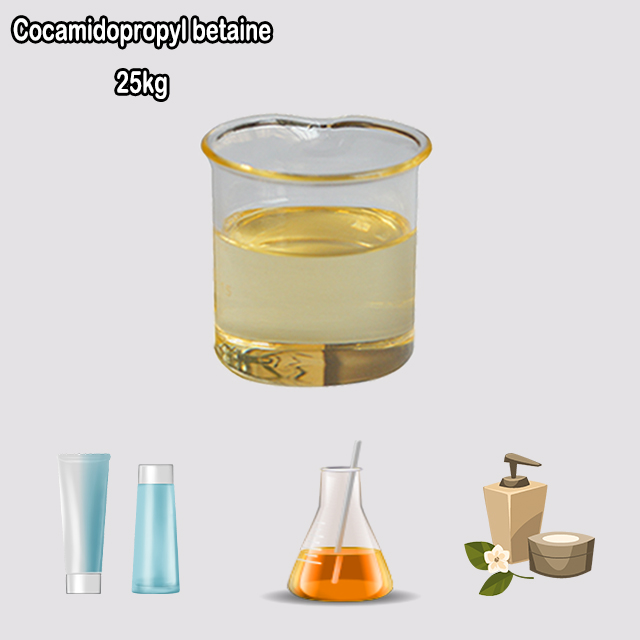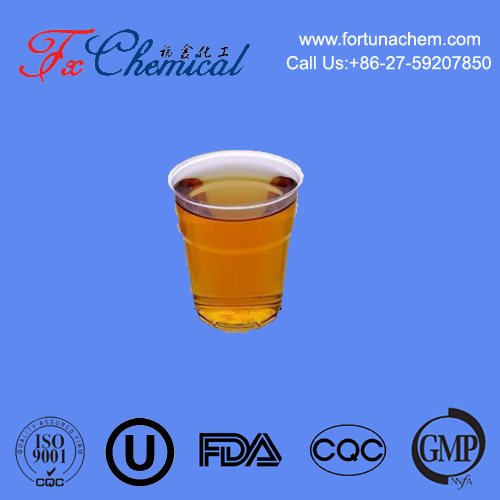
Search

Search

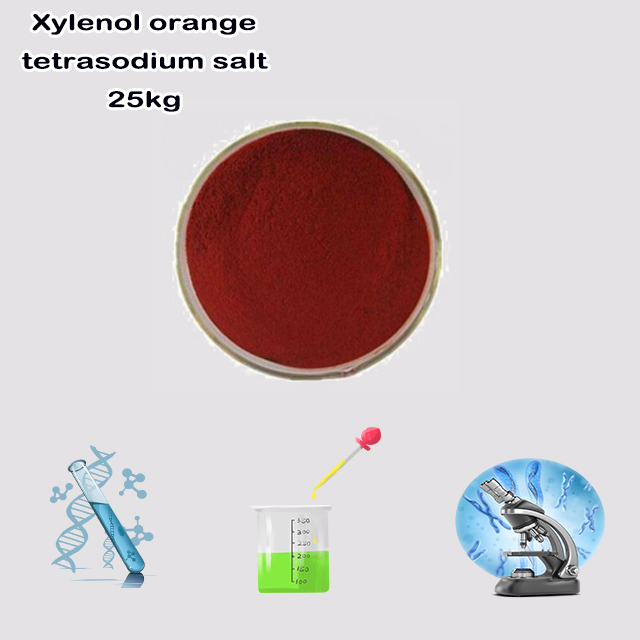

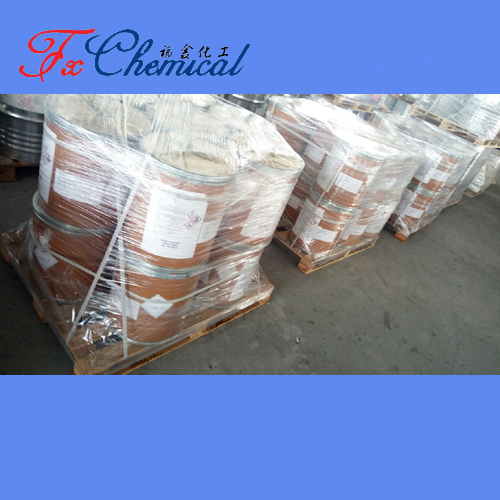
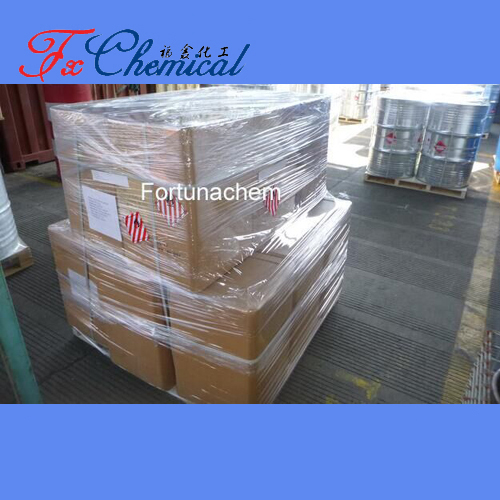
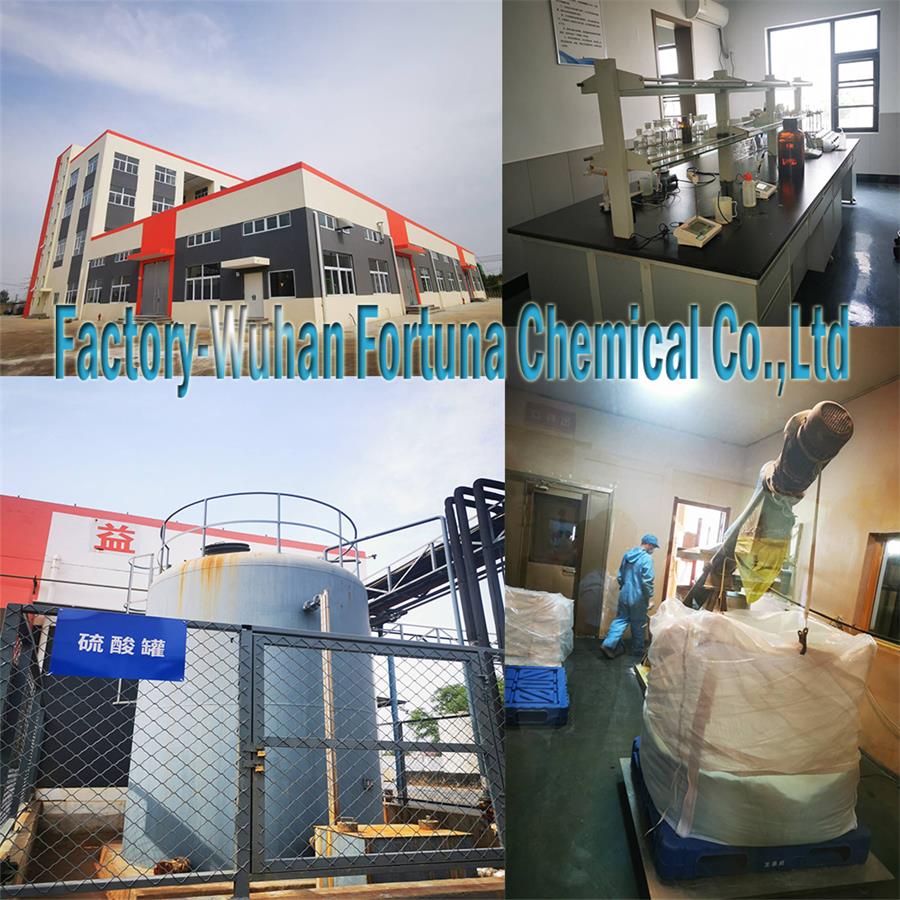





Xylenol orange tetrasodium salt is the water-soluble sodium salt form of a synthetic dye. It is primarily used as a metallochromic indicator in analytical chemistry. During titrations with EDTA, it signals the endpoint through a sharp color change: its metal complexes (e.g., with Zn²⁺ or Pb²⁺) are violet, while the free indicator is red or yellow. This makes it essential for quantifying metal ions in solution.
Xylenol orange tetrasodium salt is the water-soluble sodium salt form of Xylenol orange, a synthetic organic compound belonging to the triarylmethane dye family. It is primarily renowned as a metallochromic indicator used in analytical chemistry, specifically in complexometric titrations.
Its key property is that it changes color dramatically when it binds to metal ions, making it an excellent visual signal for the endpoint of a titration.
The "tetrasodium" part of the name indicates that the molecule has four sodium ions (Na⁺) associated with it. The parent compound, Xylenol orange (the free acid), has four acidic protonated sulfonate groups (-SO₃H). In the tetrasodium salt form, these protons are replaced by sodium ions, forming sulfonate salts (-SO₃Na).
Why this matters: This modification makes the compound highly soluble in water, which is crucial for its use in aqueous analytical chemistry. The free acid form is less soluble and less convenient to handle.
The core structure of the molecule consists of:
A o-cresol red backbone (a common acid-base indicator).
An iminodiacetic acid group attached to it. This is the crucial part that allows it to chelate (grip onto) metal ions.
Appearance: It typically comes as a dark reddish-brown or reddish-purple crystalline powder.
Solubility: Highly soluble in water.
CAS Number: 3618-43-7 (A common identifier for chemicals).
This is the most important application of Xylenol orange tetrasodium salt.
How it works:
Free State (Unbound): In a solution at low pH (around 3-6), the indicator itself is a vivid red or orange-red color.
Bound to Metal Ions: When it forms a complex with a specific metal ion (like Zinc, Lead, or Bismuth), the complex is a deep violet-purple or blue-violet color.
The Titration Endpoint: In a titration with EDTA (a strong chelating agent), the metal ions are initially bound to the Xylenol orange, giving the solution a purple color.
As EDTA is added, it has a stronger affinity for the metal ions than the indicator does. At the endpoint, EDTA strips the metal ions from the Xylenol orange complex.
The solution sharply changes from violet (metal-indicator complex) to a clear yellow or orange-red (free indicator).
Commonly Used For Titrating:
Zinc (Zn²⁺)
Lead (Pb²⁺)
Bismuth (Bi³⁺)
Thorium (Th⁴⁺)
Scandium (Sc³⁺)
Lanthanides (at specific pH levels)
The pH of the solution is critical and is carefully controlled using a suitable buffer (often a hexamine buffer) to ensure the indicator and EDTA function correctly.
Beyond its use as a titration indicator, Xylenol orange is also used in:
Spectrophotometry: To quantitatively determine the concentration of certain metal ions in solution by measuring light absorption of the metal-indicator complex.
Histology and Biology: As a stain to detect metal deposits (like calcium) in tissues.
Research: To detect the presence of metal ions in various experimental setups, such as in gel diffusion assays.
| Feature | Xylenol Orange (Free Acid) | Xylenol Orange Tetrasodium Salt |
|---|---|---|
| Form | Often a sticky, dark solid | Free-flowing crystalline powder |
| Solubility | Low solubility in water; often dissolved in alcohol/water mixes | High solubility in water |
| Practicality | Less convenient for preparing accurate aqueous solutions | Preferred form for lab use due to easy handling and solubility |
| Function | Identical | Identical |
While not extremely hazardous, it should be handled with care:
General Precaution: Avoid inhalation of dust and contact with eyes and skin.
Staining: It is a potent dye and will stain skin, clothing, and surfaces. Wear appropriate personal protective equipment (PPE) like gloves.
Always consult the Safety Data Sheet (SDS) for the specific product before use.
In essence, Xylenol orange tetrasodium salt is the water-soluble, practical form of a chelating dye used primarily as a visual indicator to signal the endpoint in titrations of metal ions with EDTA. Its dramatic color change from violet to red/yellow makes it an invaluable tool in analytical chemistry.
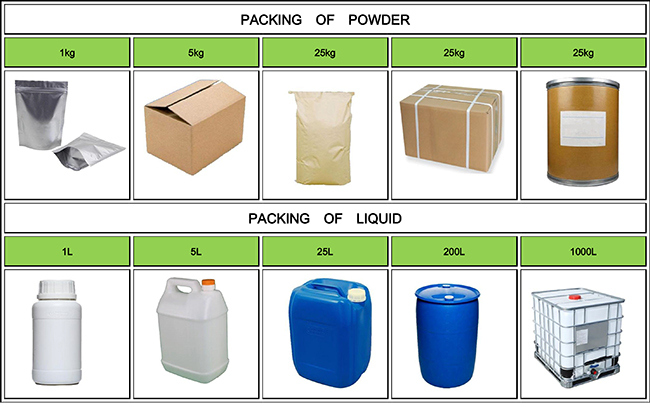
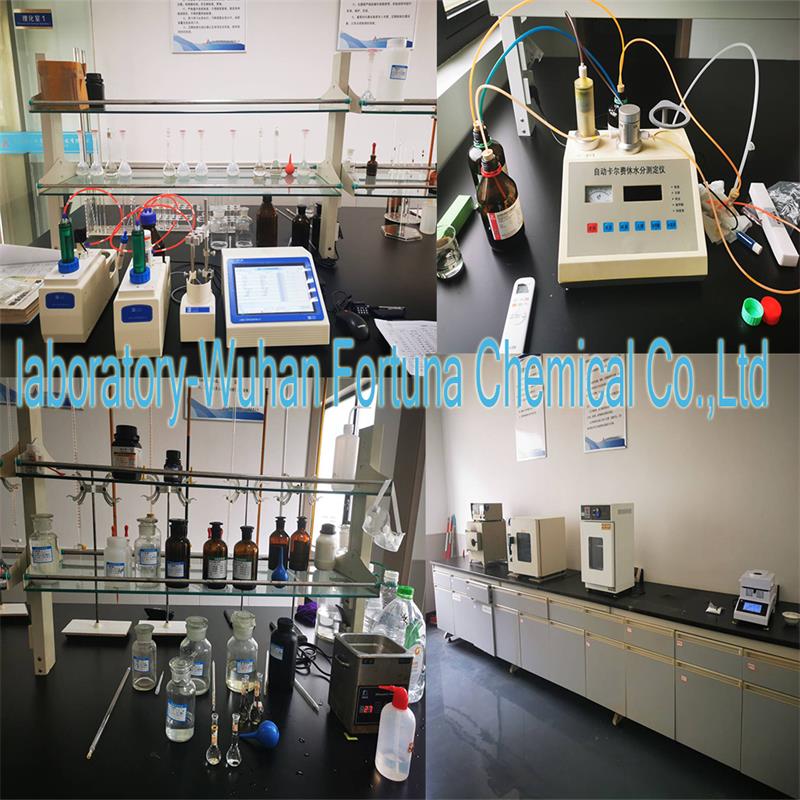
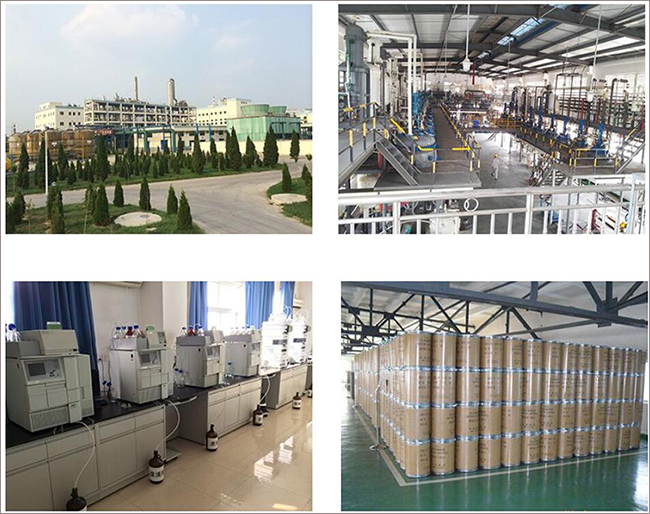

Fortunachem Provides Not Only Professional Chemical Products But Also Professional Help
Keeping you up-to-date with all the latest information, news, and events about Fortunachem!

Quick Links
Add:
E-mail:
 English
English  Español
Español  français
français  العربية
العربية 